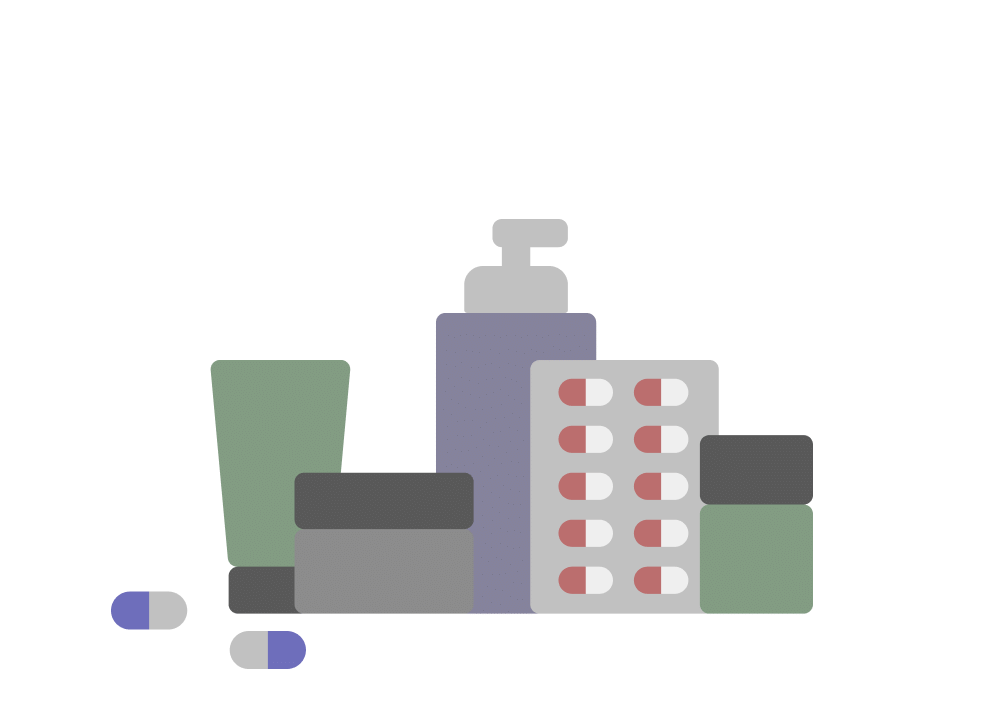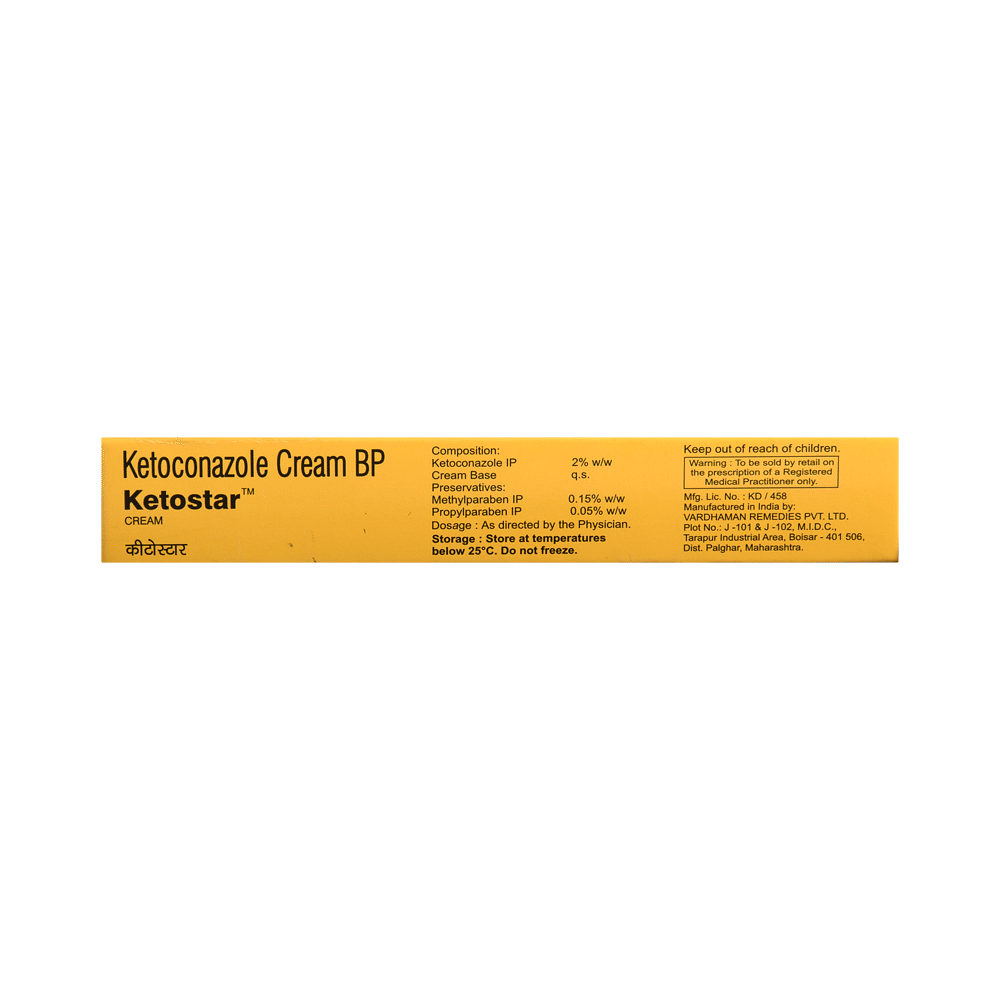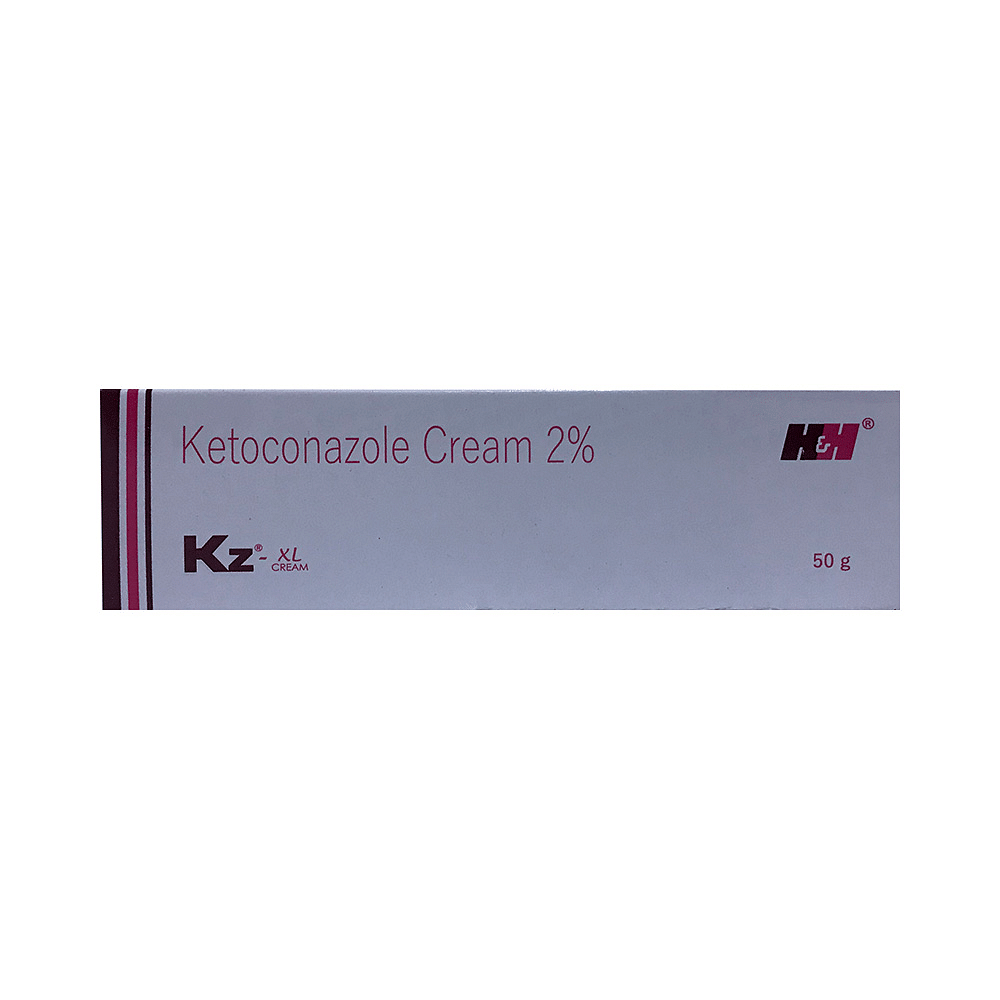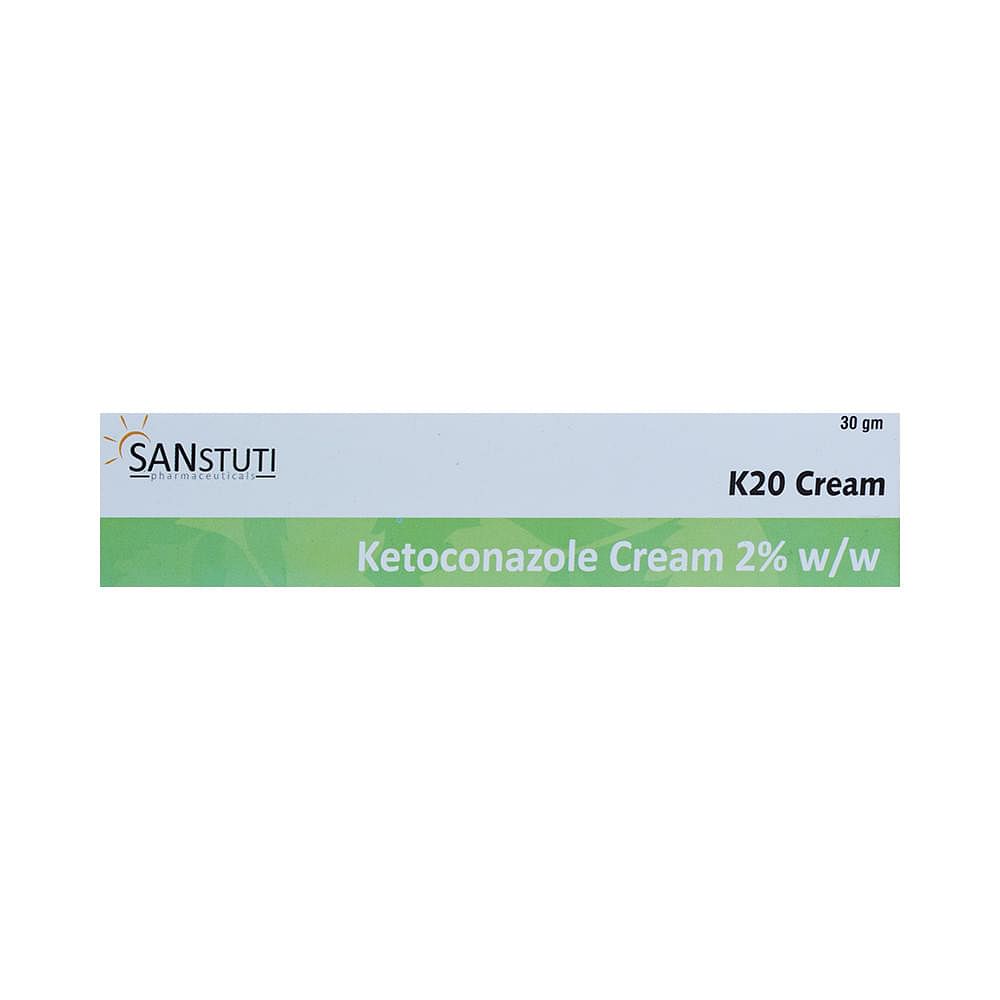
Kezole Cream
Manufacturer
Ancalima Lifesciences Ltd
Salt Composition
Ketoconazole (2% w/w)
Key Information
Short Description
Kezole Cream is an antifungal medication used to treat fungal infections of the skin, such as athlete's foot, thrush, and ringworm.
Dosage Form
Cream
Introduction
Kezole Cream belongs to a group of medicines called antifungals. It is used to treat fungal infections of the skin. It works by killing the fungus that causes infections such as athlete's foot, thrush and ringworm.
Directions for Use
This medicine is for external use only. Use it in the dose and duration as advised by your doctor. Check the label for directions before use. Clean and dry the affected area and apply the cream. Wash your hands after applying unless hands are the affected area.
How it works
Kezole Cream is an antifungal medication. It kills and stops the growth of the fungi by destroying its cell membrane thereby treating your skin infection.
Quick Tips
Keep your feet clean and dry Cut your nails short and prefer open-toe shoes for everyday use. Use a separate clean towel for the feet and wear clean cotton socks. Never share your socks, shoes, and towel with others. Finish the full course of treatment even if you feel better. Never get it in the eyes, nose, or mouth. If accidental exposure occurs, rinse immediately with plenty of water. Inform your doctor if the infection has not cleared up after 4 weeks of treatment. Inform your doctor if you are pregnant, planning pregnancy or breastfeeding.
Related Medicines

Ketostar Cream

Ketoford Cream

KZ-XL Cream

Konaz Antifungal Cream

Ketobenz Cream

Ketofen 2% Cream

K20 Cream

Ketozig 2% Cream

NTF 2% Cream

Ketoraz Cream
Frequently asked questions
What is Kezole Cream used for?
Kezole Cream is a prescription medication used to treat various fungal skin infections. It is particularly effective against athlete's foot (tinea pedis), jock itch (tinea cruris), sweat rash (tinea versicolor), and other yeast infections of the skin and nails.
Is Kezole Cream a steroid cream?
No, Kezole Cream is not a steroid cream. It belongs to the imidazole class of anti-fungal medications. These medications work by killing fungi or preventing their growth, thereby eliminating the infection.
What are the side effects of Kezole Cream?
Common side effects of Kezole Cream may include burning, redness, and itching at the application site. Some less common side effects might be discomfort, dryness, bleeding, allergic reactions (such as rash or hives), skin exfoliation, sticky skin sensation, prickling, or inflammation. If any unusual symptoms develop after applying the medication, consult your doctor.
Can I use a steroid cream along with Kezole Cream?
It is recommended to apply a mild steroid ointment like hydrocortisone cream/ointment in the morning and Kezole Cream in the evening. Gradually decrease the usage of the steroid cream over 2-3 weeks, however, if you have used a potent corticosteroid for seborrheic dermatitis, wait at least two weeks before applying Kezole Cream to avoid potential skin sensitization.
How should Kezole Cream be applied?
Before use, wash the affected area thoroughly with water and then dry it. Wash your hands carefully (up to and including your hands if they are also affected) after applying Kezole Cream. This helps prevent infection from spreading to other parts of the body or to others.
For how long do I need to use Kezole Cream?
The duration of treatment with Kezole Cream depends on the specific skin infection. For jock itch and sweat rash, it is typically used for 2-4 weeks, while for athlete's foot, it may be used for 2-6 weeks. Do not stop using the medication even if your symptoms have disappeared because reinfection can occur if not properly treated.
What should I do if I forget to use Kezole Cream?
If you miss a dose of Kezole Cream, continue with the next scheduled dosage. If you are unsure or have any concerns, consult your doctor for advice.


